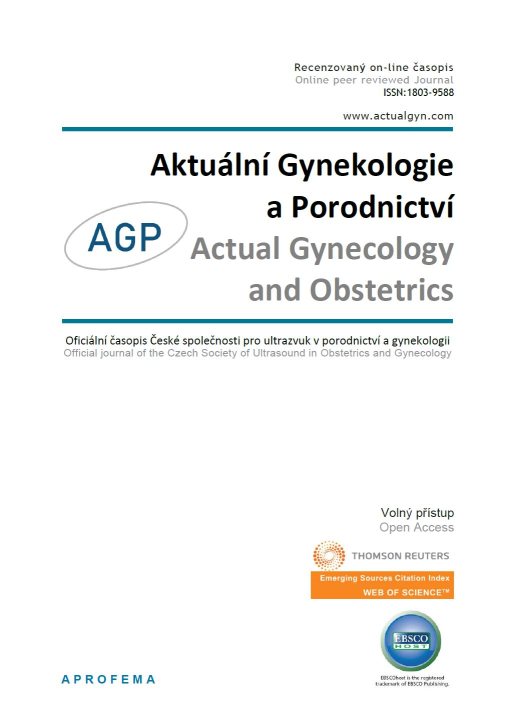











 Official publication of the Czech Society of Ultrasound in Obstetrics and Gynecology.
Official publication of the Czech Society of Ultrasound in Obstetrics and Gynecology.

Objective: This study was performed to evaluate self-medication for the treatment of self-diagnosed dysmenorrhoea among a group of University of Maiduguri female students.
Methods: The target population of this randomized study was 289 female students suffering from dysmenorrhoea out of over 25 000 students attending a college of medicine and eight non-medical faculties of university of Maiduguri in Borno state, Nigeria. The students were interviewed using a self-administered pre-tested structured questionnaire in January, 2011.
Results: The Mean ± Standard Deviation (SD) of age of the participants was 22.50 ± 3.12 years. Significant number 112 (38.8%) of participants use drugs to remedy menstrual pains followed by non-drug therapy while few combine both the drug and non-drug therapy for the pain management (p < 0.001). The most common non drug remedies employed by the participants were taking a hot bath (15.2%) and placing a heating pad on abdomen (5.5%). However, the most common drugs used by the participants were Non-Steroidal Anti-Inflammatory Drugs (NSAIDs) which were usually taken orally at the onset of menstruation. Among the participants that used drug, 72% found it effective while 4.2% reported ineffectiveness. Significant majority of the participants usually self-prescribed their drugs, and were ignorant of the common side effects of these drugs (p < 0.001). Most participants (63%) spent 300 Nigerian Naira and below (1.9048 US Dollar and below) on drugs for dysmenorrhoea every month.
Conclusion: The results confirmed that NSAIDs were the most common drugs used for dysmenorrhoea treatment, but frequently used without knowledge of potential side effects due to self-medication. Therefore, we recommend educational intervention by health care professionals.